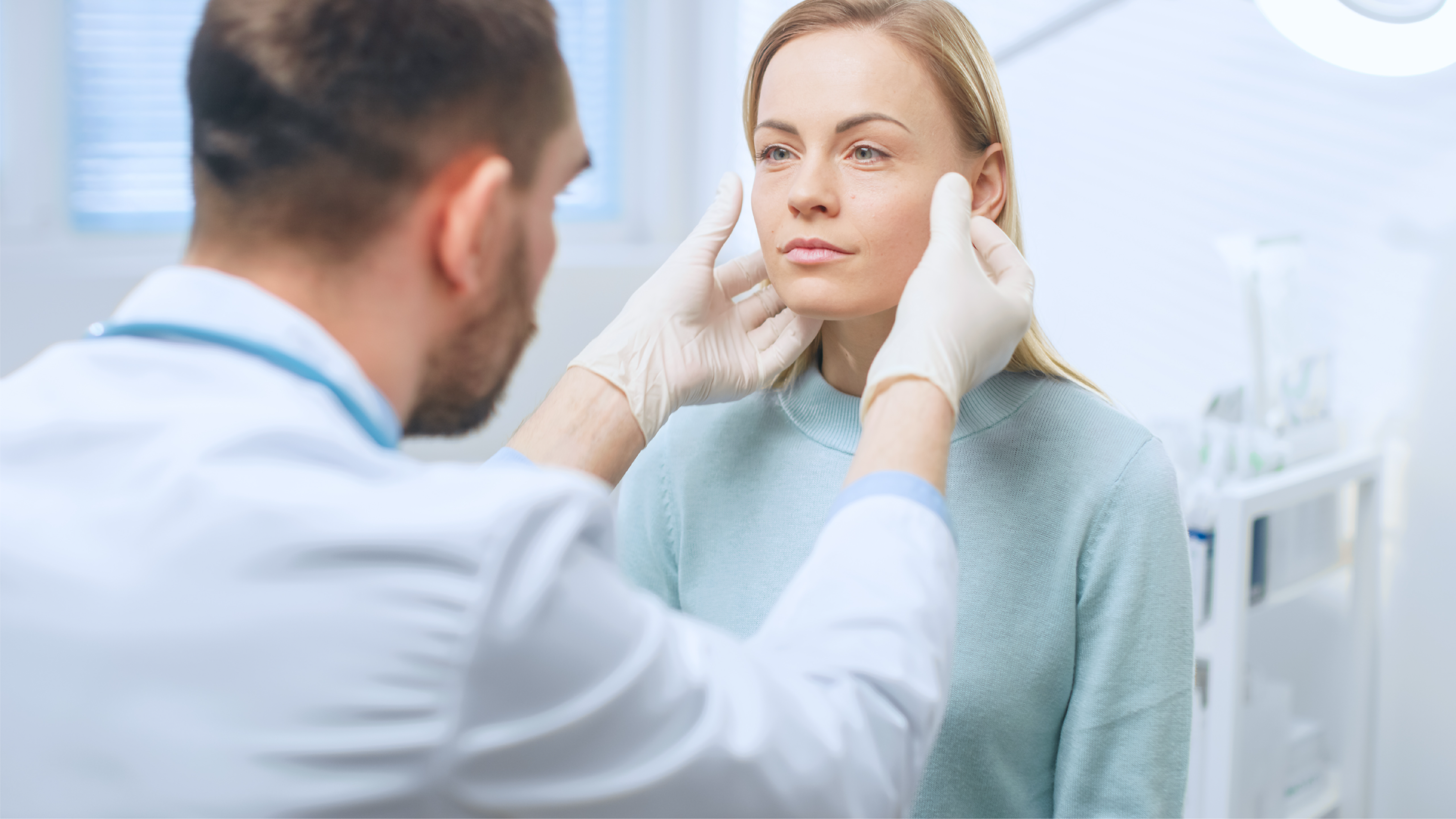RADA16 use in Plastic surgery (facelift): a pilot study with an optimised application technique
The facelift is one of the most common cosmetic surgeries performed. Although the procedure is safe, it comes with the risk of complications such as hematoma formation (incidence from 1 to 9%)1, bruising, seroma, etc. Prevention of hematoma formation after facelift procedures represent an unmet need, especially for high-risk patients.
In the new publication “Facelift Patients Receiving Intraoperative Administration of a Self-assembling Hemostat Agent Experienced Minimal Bruising and No Acute Hematomas: A Pilot Study”, (Few 2022)1 reported his experience with the use of RADA16 (PuraSinus/PuraStat/PuraBond*) during facelift procedures in patients with a high risk of developing a hematoma.
The RADA16 hydrogel was applied intraoperatively prior to the skin closure with an optimised procedure well described in the paper. Postoperative follow-up for complications occurred on days 1, 3 and 7.
No acute haemorrhage or acute hematoma were reported, and all patients had minimal bruising or a dramatic absence of bruising.
The dramatic reduction of bruising in the patients reported in this case series and the ease of use has prompted the adoption of RADA16 as a standard of care in the senior author’s practice for all facelift procedures including patients at lower risk of haematoma.
* PuraSinus/PuraStat/PuraBond are 2.5% synthetic aqueous RADA16 peptide solutions indicated in the US (FDA), UK (CE), UK (CE), respectively, for clinical use.
RADA16 intraoperative application seems to have the potential to deter acute hematoma and haemorrhage formation and to attenuate post-operative bruising in facelift patients.
Further investigation in a larger randomised controlled study is needed to confirm the data.
To read the full article click here.
1 Julius Few, MD, Facelift Patients Receiving Intraoperative Administration of a Self-assembling Hemostat Agent Experienced Minimal Bruising and No Acute Hematomas: A Pilot Study, Aesthetic Surgery Journal Open Forum, Volume 4, 2022, ojac037, https://doi.org/10.1093/asjof/ojac037
